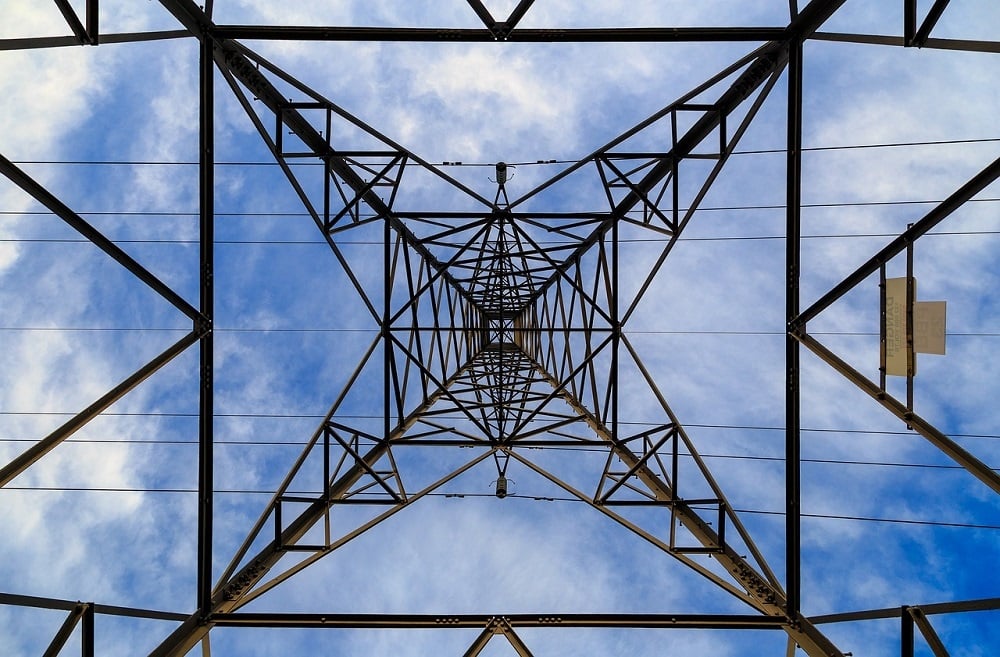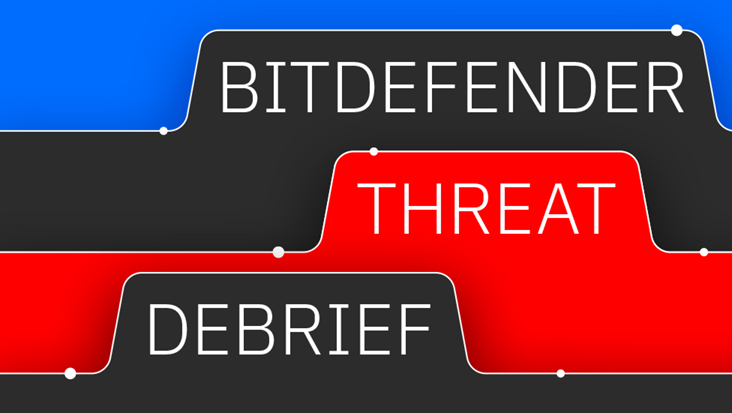Researchers Use Machine Learning Secure US Power Grid

In 2015, Russian hackers shut down Ukraine’s electrical grid after infecting the infrastructure with malware. It was only a matter of time until they would target the US power system. As of 2016, US critical operational infrastructures have been under siege by "Russian government cyber actors," as described by the Department of Homeland Security and the FBI.
In fact, US officials warn that this is part of a broader plan to beat down US power plants, air transportation- and water facilities, nuclear generators and manufacturing industry, among other sectors. Although all these infrastructures are susceptible to cyberattack, the US government may not be taking enough measures to prevent them.
Power grids now are different from those built 100 years ago because energy needs have increased. Households everywhere and – as of late – crypto-mining farms - drain significant amounts of energy and power-plants struggle to deliver it. Power grids all over the world have also changed to run unstaffed and allow remote monitoring or diagnosis. But interconnectivity takes its toll on cyber-security.
"While to date there have been only minor attacks on the power system in the United States, large-scale physical destruction of key parts of the power system by terrorists is a real danger," warns the US National Academy of Sciences. "Some physical attacks could cause disruption in system operations that last for weeks or months."
A wide-scale power outage following a cyberattack would surely lead to countless complications and economic loss, and could even jeopardize national security and citizens’ physical safety. Cybersecurity is critical in safeguarding power grids, especially since, as research shows, attacks are more prevalent and aggressive. In an attempt to fix the problem, a group of researchers is building a solution on an algorithm from 1954 to specifically address power grid security. By combining cybersecurity practices with machine learning and sensor technology they would accurately measure magnitude, power and shifts in physical environment.
"Using high-resolution sensors in the power-distribution grid and a set of machine-learning algorithms that we developed, in conjunction with a simple model of the distribution grid, our work can be deployed by utilities in their distribution grid to detect cyberattacks and other types of failures,” says Berkeley Labs’ lead researcher, Sean Peisert.
Cyber attacks that may cause disruption of the smart grid have to be addressed especially when terrorist attacks are involved and national security is at stake. In theory, smart grids are equipped for automatic rerouting, preventing massive blackouts from taking place, but the North American Electric Reliability Corporation (NERC) argues current security, encryption and detection are not sufficing in the emerging threat landscape leaving the US electrical grid completely exposed.
tags
Author
From a young age, Luana knew she wanted to become a writer. After having addressed topics such as NFC, startups, and tech innovation, she has now shifted focus to internet security, with a keen interest in smart homes and IoT threats. Luana is a supporter of women in tech and has a passion for entrepreneurship, technology, and startup culture.
View all postsRight now Top posts
FOLLOW US ON SOCIAL MEDIA
SUBSCRIBE TO OUR NEWSLETTER
Don’t miss out on exclusive content and exciting announcements!
You might also like
Bookmarks












